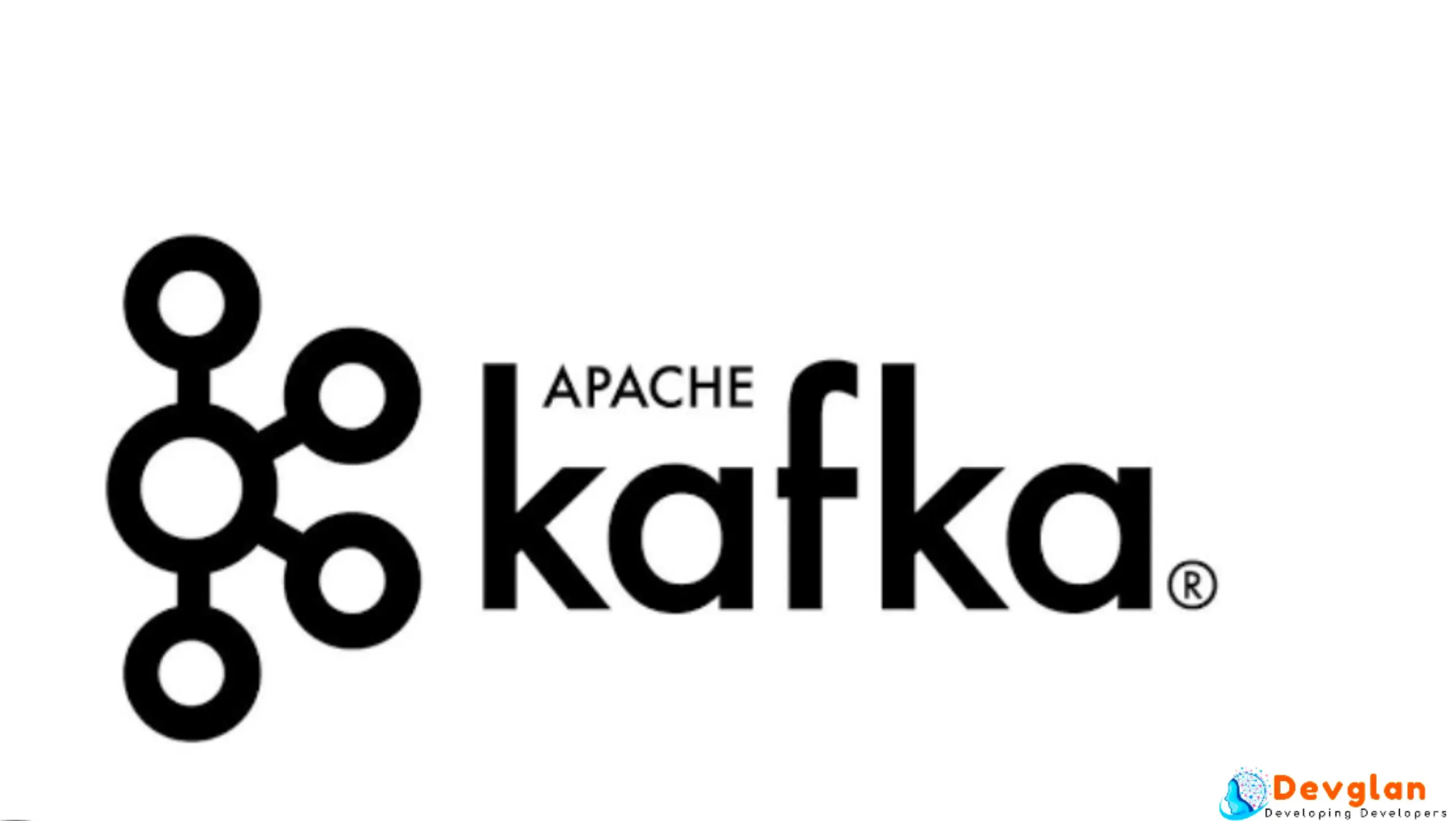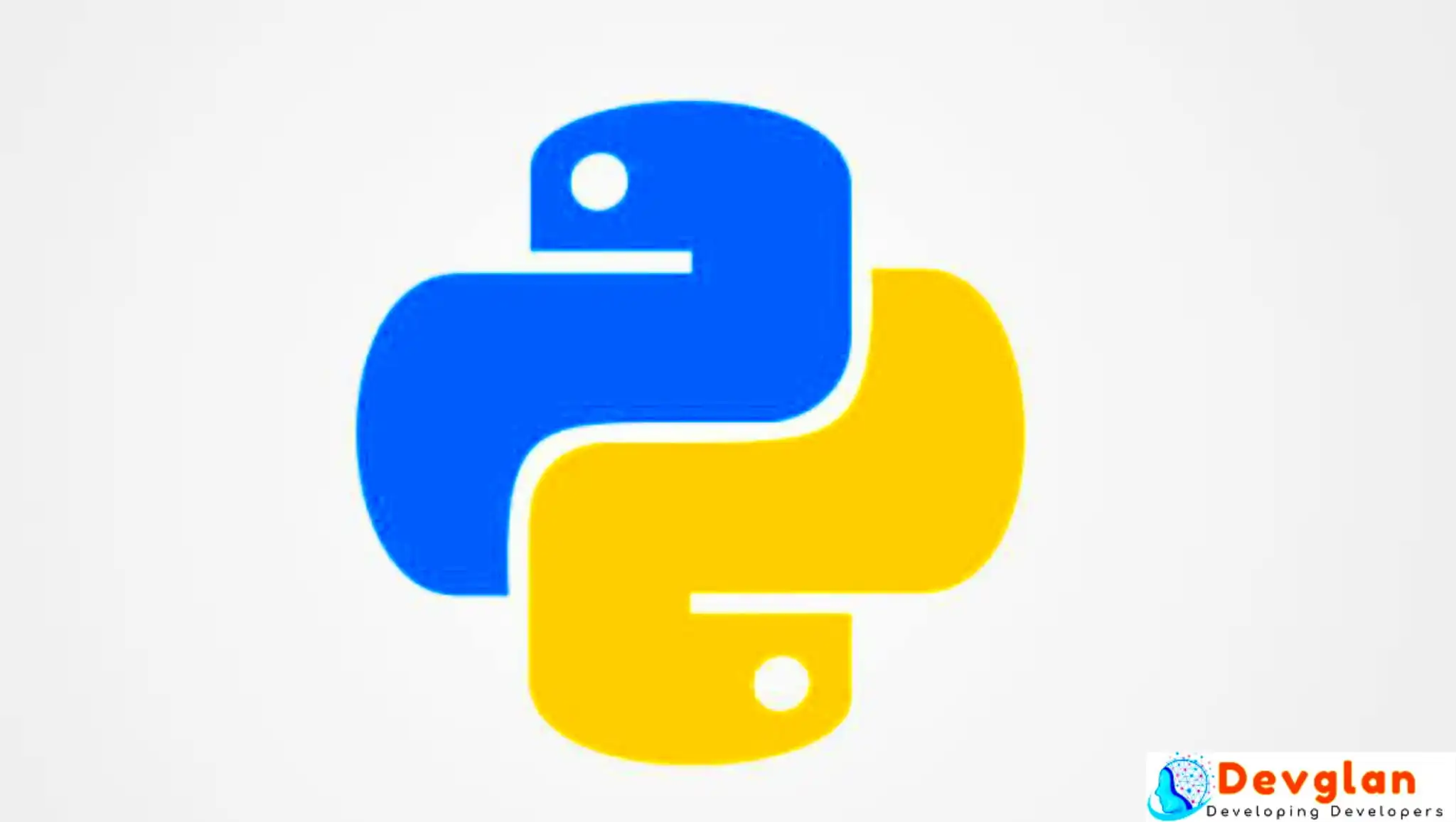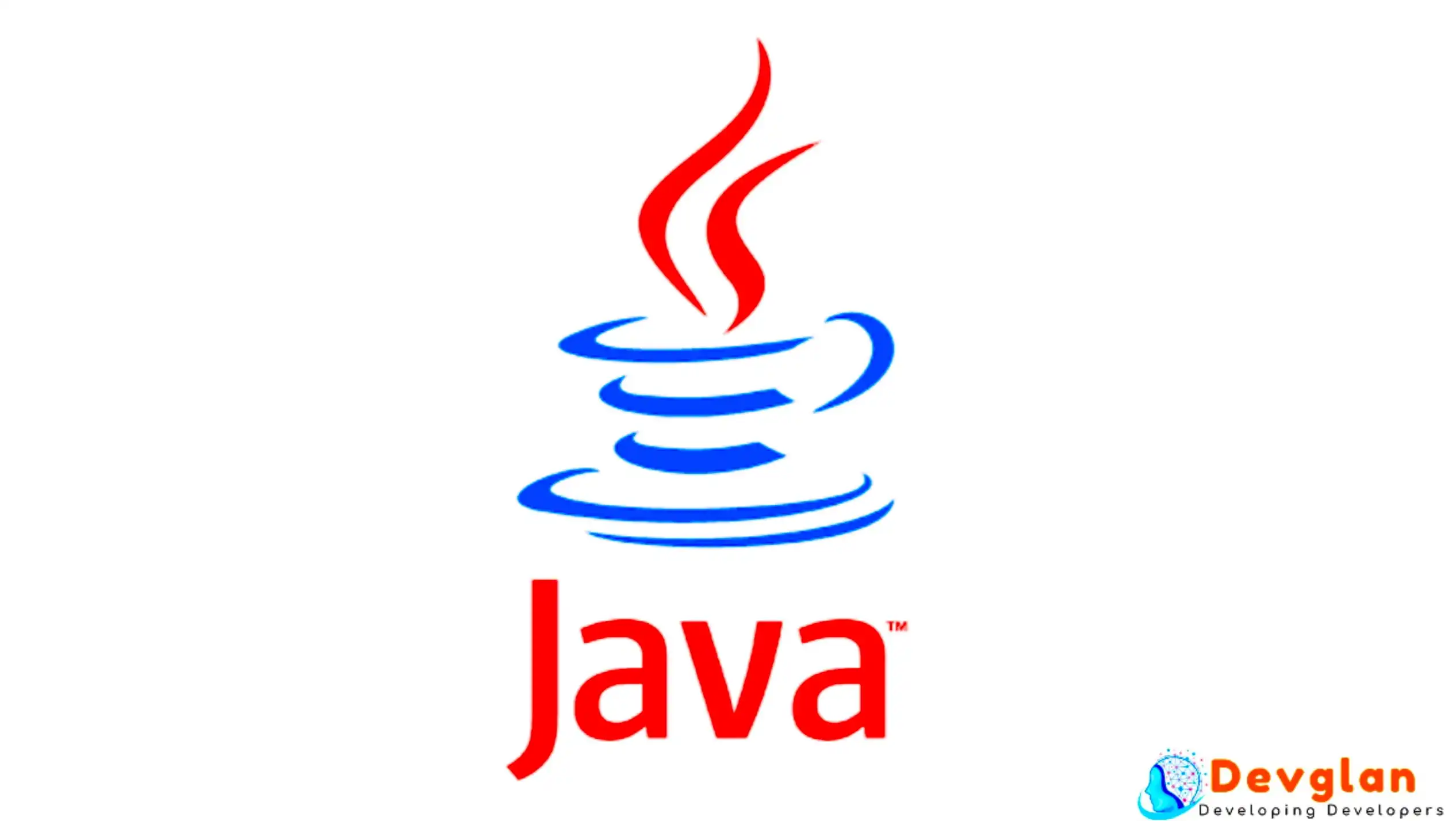Real-time threat detection and mitigation are crucial for cybersecurity in today's fast-changing digital world. Batch processing-based security measures can delay enterprises, making them vulnerable to advanced persistent threats and zero-day assaults.
Kafka's online broadcasting is significant. Apache Kafka is a fast, fault-tolerant, and scalable distributed streaming platform for receiving, processing, and analyzing huge amounts of streaming data.
Kafka helps firms quickly identify security events by leveraging application data, threat intelligence feeds, network traffic, and system logs.
This technology allows real-time reaction systems to quickly identify issues, automatically mitigate dangers, and take preventative measures. The vulnerability window is significantly reduced, enhancing cyber resilience.
Kafka fundamentals for cyber security
Kafka's core design and functions make it a valuable tool in cybersecurity. They enable the quick and easy handling of security-related data streams.
Statista expected the worldwide cybersecurity industry to reach US$196.51 billion in 2025, with the US earning the most revenue at US$86.4 billion.
Kafka architecture
The Kafka system is designed for streaming large amounts of data quickly and reliably. It has several key components that work together to regulate the flow of messages.
- Producers: These are client programs that send records to Kafka topics. When it comes to cybersecurity, producers could be log forwarders that send security events from firewalls, websites, or apps.
- Brokers: Brokers, which are also called Kafka servers, store the stream of records and handle calls from users. To ensure great availability and scalability, a Kafka cluster usually has more than one broker.
- Consumers: These are client programs that read records from Kafka topics and perform actions on them. Real-time anomaly detection systems, SIEM integrations, or incident response tools are examples of cybersecurity solutions.
- Topics and Partitions: A topic is a name for a group or feed to which records are sent. Partitions, which are ordered, unchangeable chains of records, are used to split topics. Partitions enable parallelism and distribute data across brokers, improving performance and fault tolerance — crucial aspects for managing large amounts of security data.
Kafka Connect for data ingestion
Kafka Connect allows Apache Kafka and other data systems to communicate data reliably and scalably. Cyber security benefits from Kafka Connect's ability to collect security signals from different sources without custom integration code.
Kafka topics can receive data from databases, file systems, secure REST APIs, and SaaS programs via connectors. Other systems, like data lakes and SIEMs, can receive Kafka topic data.
Kafka Streams for real-time processing
The client library Kafka Streams enables the creation of microservices and applications. It saves input/output data in Kafka clusters. It enables you to build powerful, scalable, and fault-tolerant stream processing applications.
Kafka Streams enables you to monitor cybersecurity indicators in real-time. This simplifies the standardization of data, integration of threat intelligence, categorization of events, and the execution of machine learning models to identify patterns and analyze behavior.
It must be able to handle events as they happen to identify and address issues rapidly.
Identifying and collecting cyber security signals
Implementing modern cybersecurity methods typically demands specialized knowledge. The best cyber security degree online can give leaders in this dynamic profession the basic knowledge and practical skills they need. Threat detection programs typically incorporate streaming analytics, real-time response methods, and theoretical frameworks.
Real-time cyber security requires discovering and gathering signals from an organization's complete digital footprint. These indicators provide the raw data we need to spot issues and comprehend assaults. These graduates are highly sought after for their ability to transform raw logs into actionable intelligence, enabling automated security responses.
Types of cyber security signals
Cyber security signs are any piece of information that could indicate a potential security event or breach. In a broad sense, these can be put in:
- Firewall, IDS/IPS, and other network traffic logs: These logs track network connections, traffic that is allowed or blocked, attempts to break in, and policy violations. They are essential for understanding threats at the network level.
- System logs (such as Access and Authentication): Operating system logs record when users log in, when they attempt to access critical resources, when system setup changes, and when processes execute. This can help find cases of unauthorized access or privilege escalation.
- Application logs: These are created by software programs and track user activity, including errors, successful or unsuccessful transactions, and specific application events that may indicate application-layer attacks or data theft.
- Endpoint detection and response (EDR) data: EDR solutions collect detailed information from endpoints (like computers and servers), such as process activity, file system changes, registry modifications, and network connections. This provides a comprehensive view of how an endpoint was compromised.
- Threat intelligence feeds: These are outside data sources that give information about known threats, including malicious IP addresses, websites, file hashes, and attack methods. Adding these feeds enhances internal security indicators, allowing threats to be more effectively matched.
Data sources and collection methods
It is crucial to collect these various signs quickly and on a large scale. This data can be sent to a central processing system like Kafka in a number of ways, including:
- Agents and sensors: These are small pieces of software or hardware that are deployed on endpoints, network devices, or cloud instances to collect and transmit specific types of data (for example, EDR agents and network sniffers).
- Integrations with APIs: Many current security tools, cloud services, and apps offer APIs that enable you to programmatically retrieve logs and event data from them. You can use this method to retrieve data from services such as cloud identity providers or SaaS applications.
- Log forwarders (e.g., Filebeat and Fluentd): These specialized tools are designed to quickly gather log data from various sources, such as files, syslog, and Windows Event Logs, and send it to a central location, typically Kafka. Filebeat is part of the Elastic Stack, and Fluentd is an open-source tool for collecting data for a single tracking layer.
Processing cyber security signals with Kafka Streams
Once cybersecurity signals are sent to Kafka, the next important step is to process them correctly in real time to get information that can be used. Through advanced data manipulation and analysis methods, Kafka Streams offers a robust and adaptable approach to transforming raw security events into actionable insights.
Data normalization and enrichment
Analysis usually requires standardizing and contextualizing raw security signals. Regularizing log formats simplifies data querying and analysis. Standard Schemas, usually Avro or JSON, enforce structure and data types.
Enriching normalized data offers context. Geo-locating event IP addresses helps identify suspects. Abnormal behavior can be identified using user context like positions, departments, or activity.
Threat intelligence correlation quickly identifies threats by matching internal security events against external threat feed indications of compromise (IOCs).
Real-time analytics and anomaly detection
Richer data streams enable real-time threat detection with Kafka Streams. Trends or criteria, such as many failed login attempts from one IP address, are detected by rules.
By using machine learning models, such as outlier detection or behavioral analytics, to profile typical user and system behavior, advanced detection can spot substantial deviations.
Time-windowing and aggregation in Kafka Streams enable users to calculate the average network connection per minute or the number of unique users per hour.
State management in Kafka Streams
Some real-time analytical tasks require state changes across several events. Tracking failed login attempts requires recalling past events. Stream processing applications can store and query state locally in Kafka Streams.
This is necessary for complex logic, such as correlating events across time, retaining user session information, or creating interactive, queryable state stores that other apps can access to inform real-time decisions with historical context.
Empowering real-time cyber resilience
Cybersecurity signals in online Kafka streams enable real-time reactions, boosting corporate security. Kafka's scalability, fault tolerance, and high throughput make it ideal for daily security data input, processing, and analysis.
This enables organizations to transition from reactive incident response to proactive threat detection and automated remediation, thereby reducing attack detection and response times.
Cyber threats are becoming more sophisticated and widespread, requiring flexible security solutions.
Real-time analytics from Kafka are essential for identifying new attack vectors and anomalous activity. Continuous adaptation helps organizations outperform competitively. For strategic reasons, modern enterprises require a powerful Kafka Streams solution for real-time responses.
In a linked and dangerous digital world, it secures important assets, ensures business continuity, protects sensitive data, and builds consumer trust. Cyber resilience involves millisecond threat detection and response.

















